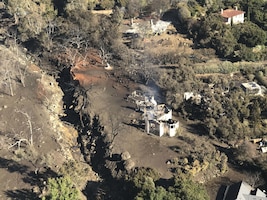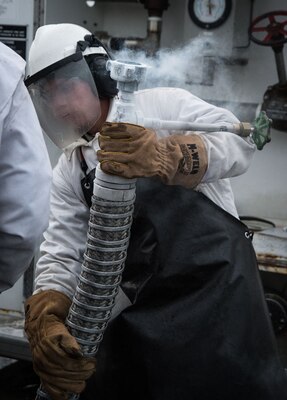By Air Force Master Sgt. Mike Smith, Air National Guard
Training and Education Center
LOUISVILLE, Tenn., Jan. 11, 2018 — A video feature that
highlights an airman’s setback and recovery from open heart surgery was
published online recently by the Air National Guard’s training and education
center.
“I had wanted to produce a feature video about overcoming
adversity this year and found Sergeant Wither’s story compelling,” said Air
Force Master Sgt. Kelly Collett, a videographer assigned to the I.G. Brown
Training and Education Center at McGhee Tyson Air National Guard Base,
Tennessee.
Collett produced the video, “The Most Interesting Man in the
Guard,” which highlights Air Force Senior Master Sgt. Shaun Withers, the
production branch superintendent at the education center, and how heart surgery
altered his active lifestyle. The video can be accessed at
https://dvidshub.net/r/ltppyf.
In the video, according to Collett’s description, Withers
returned to the kind of fun-loving activities that make for an interesting
character: home brewing, sky-diving, motorcycling and ice hockey. He also fits
the Air Force’s overall message of mental, physical, social and spiritual
fitness.
‘It is Flattering’
“Honestly, it is flattering to have a story produced on
this," said Withers, who leads a public affairs team that develops
professional and continuing education products. "I don’t much like the
spotlight, but if it helps someone else then it’s worth any embarrassment it
might cause. It's a story of resiliency wrapped in a fun package, and that’s
what the Air Force is talking about.”
Recovery did not get off to the perfect start for Withers.
During his first few months after surgery, Withers said he was dismayed and
thrown off of his adventures. Those close to him told him to shed his fears and
get active again.
“I've never been a sit-on-the-couch guy,” Withers said. So,
the feature shows Withers is back enjoying life in many ways, as he recently
scored above 90 percent at his latest physical fitness test.
Withers said that the things that make him
"interesting" to some and no different to others might be same
qualities. He’s an airman who likes to enjoy life. His story is personal.










